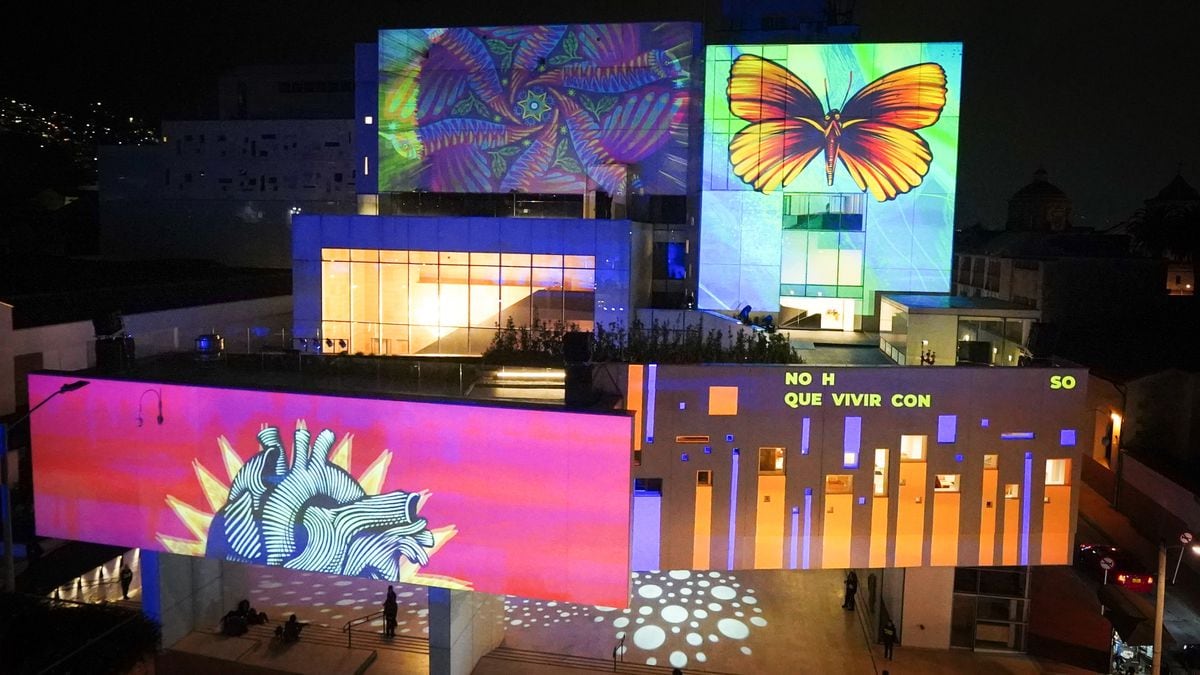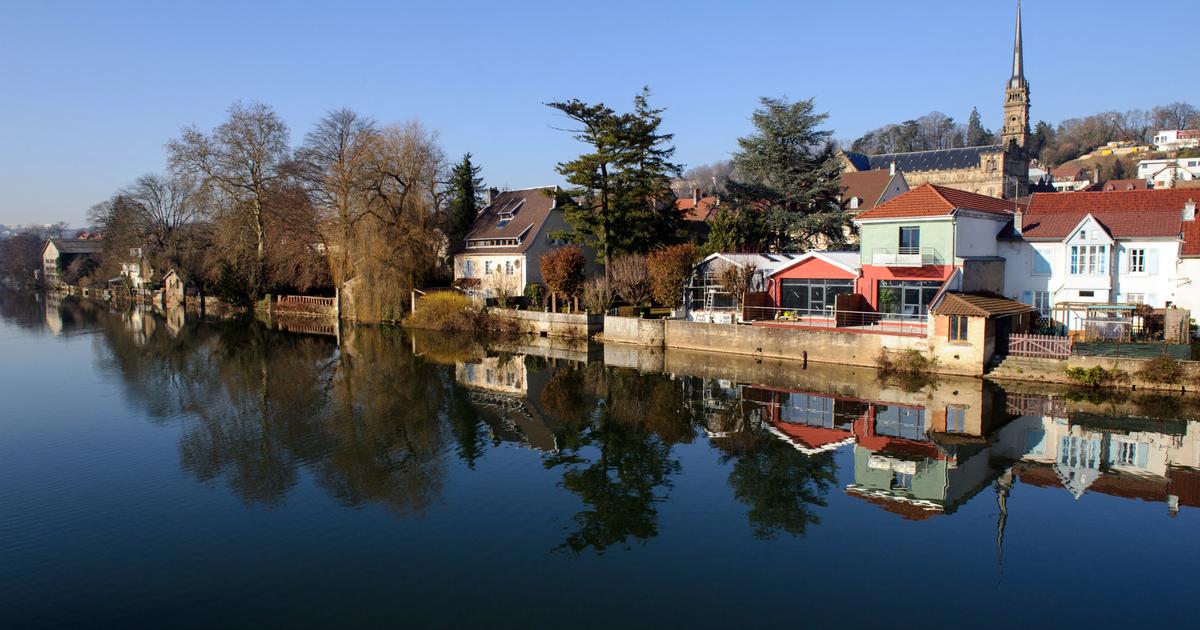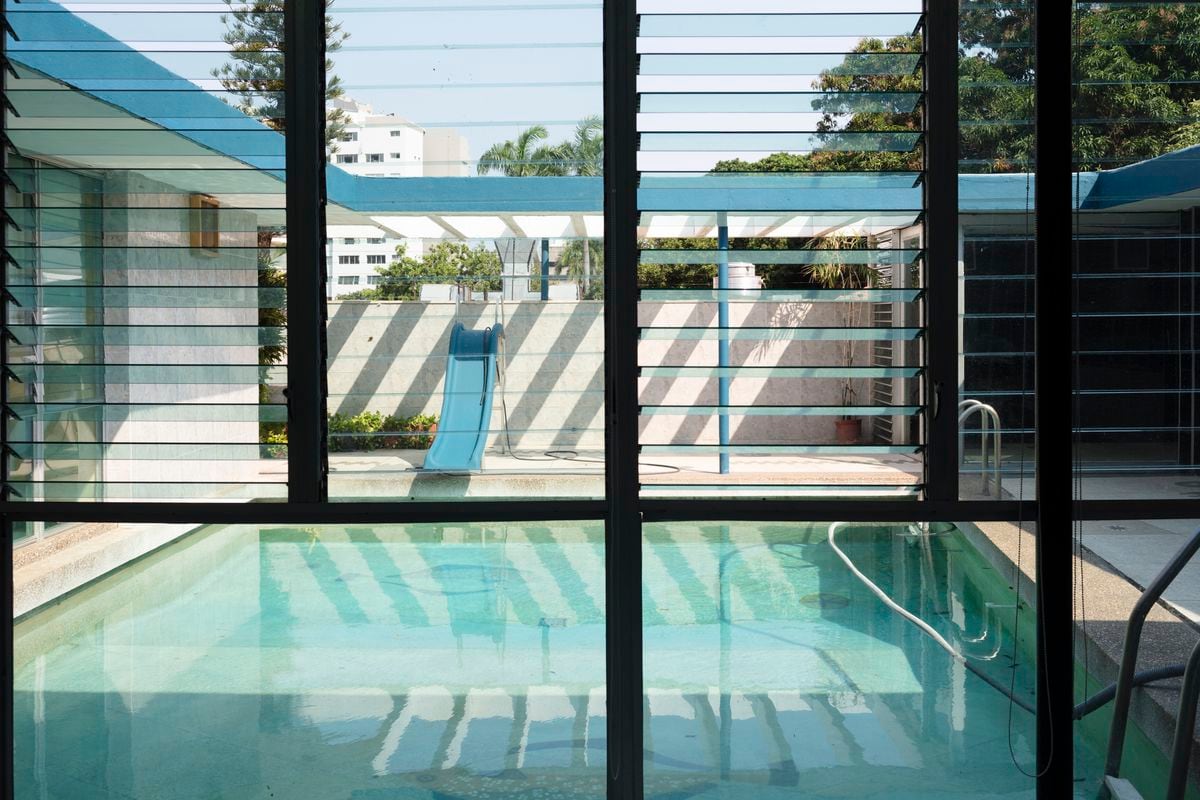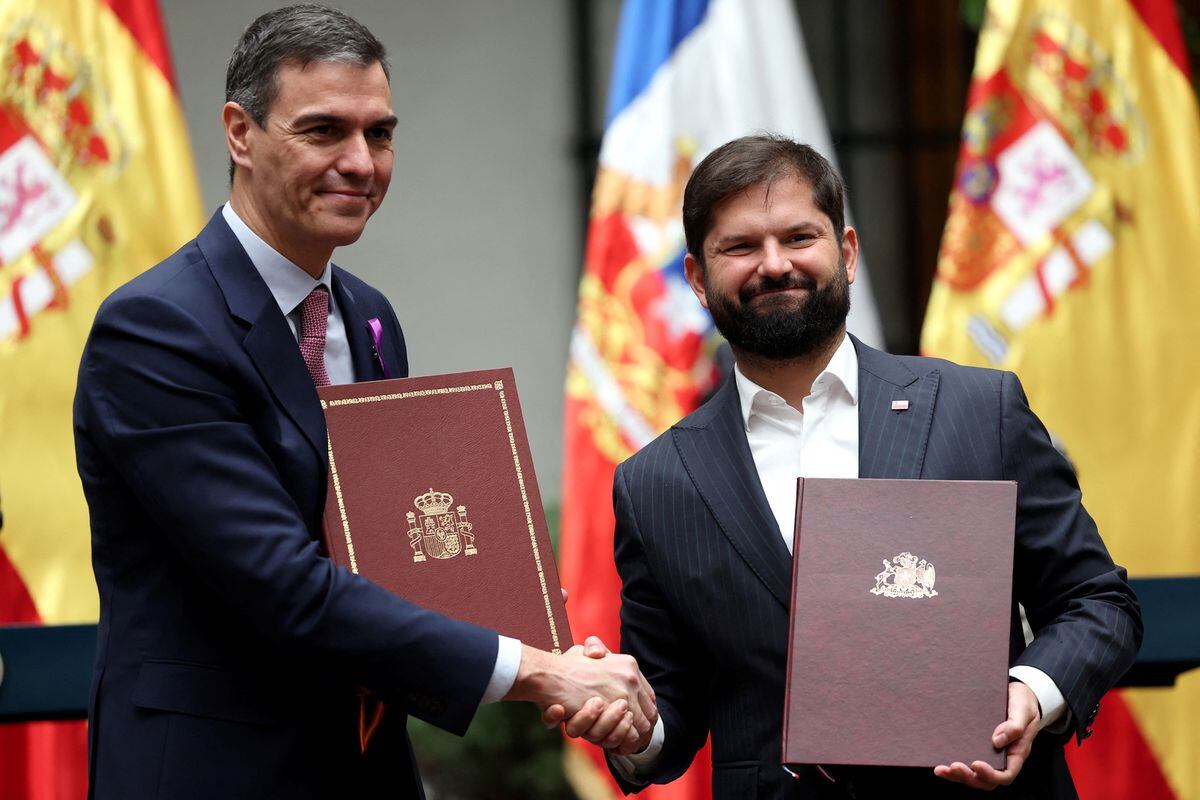There are three moments, 1892, 1954 and 2023, that would serve as a guide to understand paradigm shifts in the history of Colombian culture.
At least these three scenes take place in the historic heart of Bogotá, just a couple of blocks away.
In the first, the inauguration of the Teatro Colón, the most emblematic cultural scene in the country that was opened to commemorate what was then called the 'Discovery of America';
the second, the year in which for the first time an Afro woman, Delia Zapata Olivella, appeared on that stage, until then destined for the elites;
and the last, the opening of the largest cultural complex in Colombia, the National Center for the Arts (CNA).
They are all linked and come together in this huge 17,000-square-meter building that is connected to the Colón and that, in the words of its director Iván Benavides, "more than a showcase center, it is a space for the vindication of Colombian popular culture."
Zapata, a dancer and folklorist who in her youth watched works from the chicken coop, as the cheapest chairs in Colón are known, today has a room dedicated to her work and to her name.
"Delia Zapata (1926-2001), in addition to being the first black woman to set foot on the stage of the Colón, she was also the pioneer making great international tours with our traditions, our music and our dances," added Benavides.
Iván Benavides, director of the National Center for the Arts, poses for a portrait in Bogotá, on March 22, 2023.VANNESSA JIMENEZ
Now in the CNA the original room of the Colón converges with the famous mouth curtain that has characters from different classical operas, such as Hamlet, Rigoletto and Faust;
and the Delia Zapata room, with its own stage curtain: the image of the artist in full dance, waving a dress that turns into a flower and surrounded by fishermen on a raft.
In that space, the Atabaques and Drums of Cabildo Cultural Corporation, a staging of contemporary Afro dance from Cartagena, inaugurated the National Center for the Arts.
"Delia is the heart of this place and she represents the vindication of tradition, women, Afro, the dignity of artists and the internationalization of our arts," adds Benavides, a renowned cultural manager and producer of Colombian musicians.
Another woman well remembered by Colombians also has a space in this cultural complex.
There is a room named after Argentine Fanny Mikey, founder of the Ibero-American Theater Festival of Bogotá, dedicated to innovation and artistic experimentation.
Mikey, godmother of Latin American theater, whose funeral in 2008 was a theatrical celebration in Bogotá, is a character very dear to Colombians.
In the room, expanded works of art on the climate change crisis will be presented, another of the axes that the center will have and presentations of Afrofuturism.
There will also be a third rehearsal room for orchestras.
Due to its size, the cultural complex that stands out in the center of Bogotá puts the country in tune with the cultural infrastructure of other Latin American countries.
It has been compared to the San Martín Cultural Center in Buenos Aires, the Gabriela Mistral Cultural Center in Santiago de Chile, and the Ciudad de las Artes cultural complex in Rio de Janeiro.
The construction of the work designed by the Medellín studio Aqua & Terra Arquitectos began in 2016, and went through the governments of Juan Manuel Santos and Iván Duque.
In total, more than 123,000 million pesos were invested, about 250 million dollars at the current exchange rate.
In 2022, the then President Duque inaugurated the facilities, but only until this week, already in the Government of Gustavo Petro, did the doors open.
Delia Zapata Hall of the National Center for the Arts, in Bogotá.Courtesy
The 2023 artistic program includes 280 functions of different types of shows.
1,500 artists are expected to attend, as well as 80,000 spectators.
Its sustainability model is thought of as a sum of the money provided by the State and international cooperation, plus rental income.
For Benavides, the building will not be a space just for presenting shows, "but it will be a place for meeting, creativity and dialogue with the communities, with the territories and with the planet".
Its objective is that “the fruit of processes or that unleashes processes” be presented on the stages.
That is why laboratories work with indigenous peoples of the Sierra Nevada de Santa Marta, with Afro communities of Tumaco and Urabá;
They prepare a play with deaf communities and another with blind people, among other projects.
However, Benavides explains, this will not take away space from the presentation of established artists of classical music and opera.
“More than an inauguration, this is like the foundation of a home.
We want this place, which is, ultimately, a workshop, a laboratory and a projection space, to also be a home”, says Benavides while in one of the rooms a group of representatives of indigenous communities celebrates Water Day and harmonizes of the cultural complex.
Subscribe here
to the EL PAÍS newsletter on Colombia and receive all the latest information on the country.









